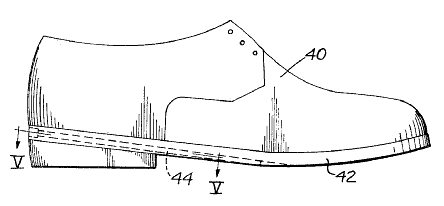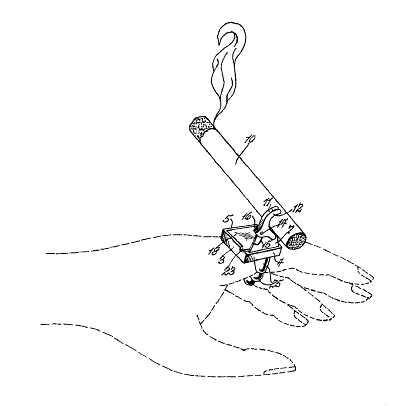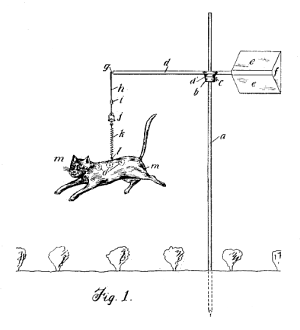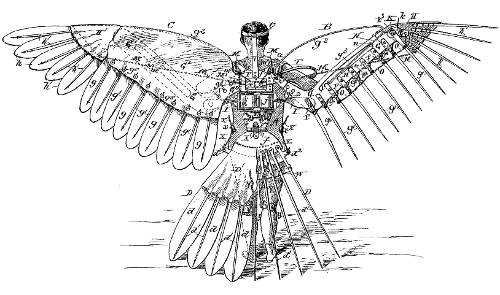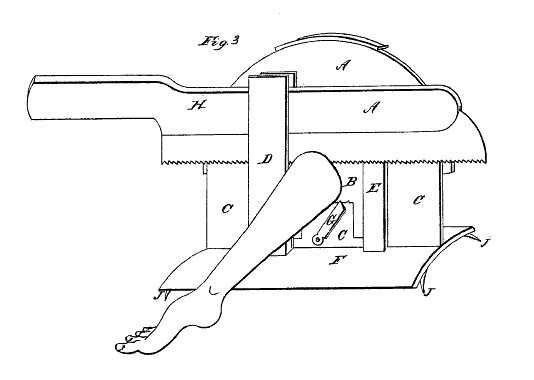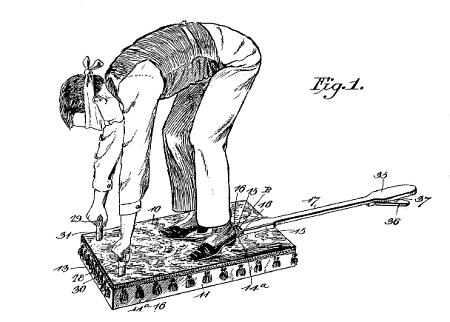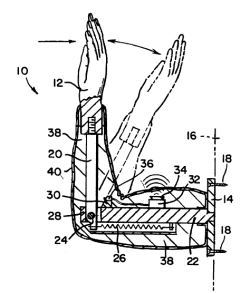
In 1994, inventor Albert Cohen saw a peculiar opportunity:
During a televised sporting event, a ‘high five’ is commonly shared between fans to express the joy and excitement of a touchdown, home run, game-winning basket, birdie or other positive occurrence. Unfortunately, as known in the art, a ‘high five’ requires the mutual hand slapping of two participants, wherein a first participant slaps an upraised hand against the elevated hand of a second participant. As such, a solitary fan is unable to perform a ‘high five’ to express excitement during a televised sporting event.
His “apparatus for simulating a high five” can be mounted on a table, wall, or floor — and it even promotes physical fitness: “When the hand-arm configuration is mounted at a sufficient height above the normal reach of a user, the user must jump upwards to strike the simulated hand, thereby simulating many of the jumping drills commonly practiced by basketball players. As such, the leg strength and coordination of a user may be improved through the practice of the present invention.”
